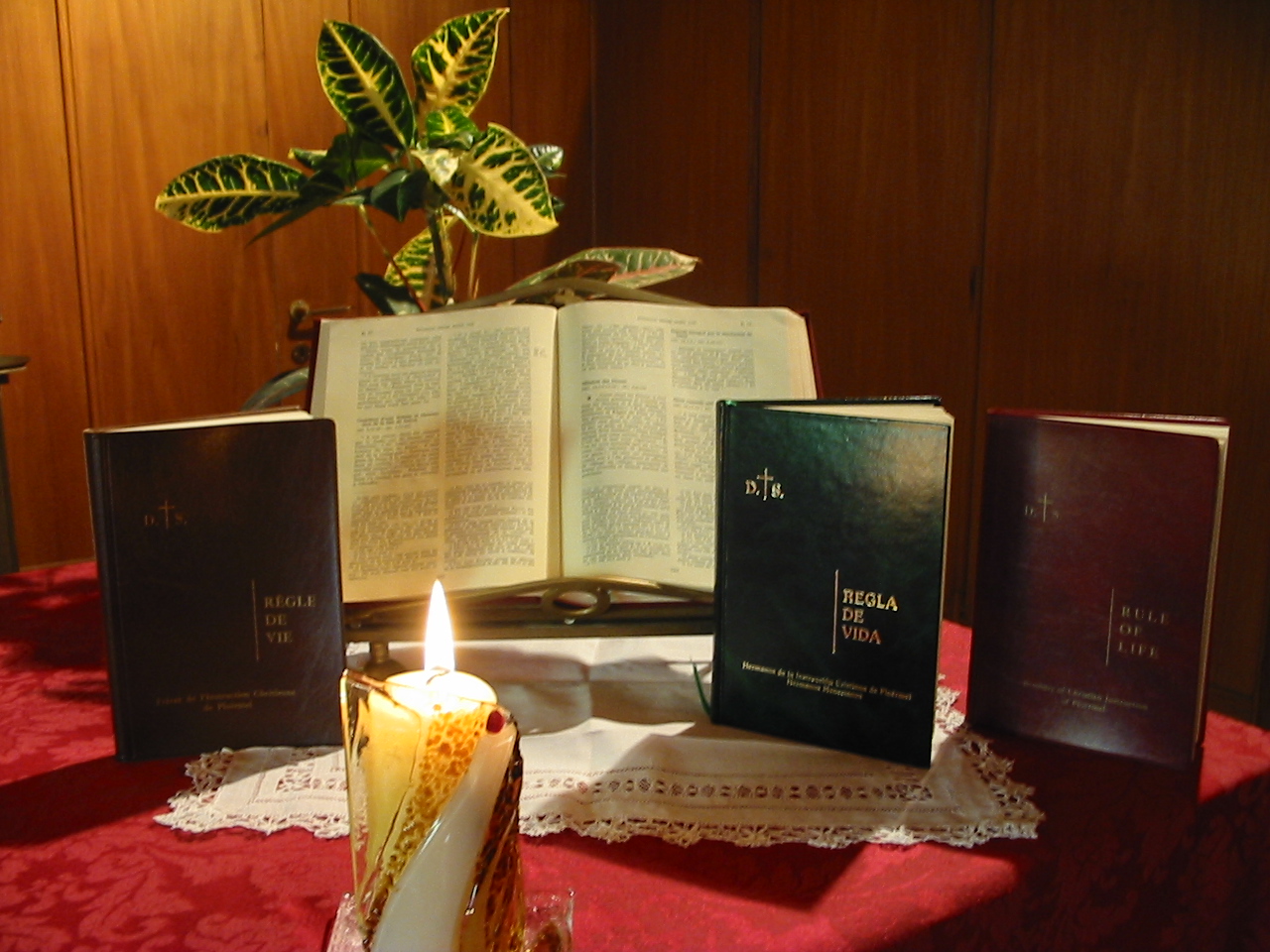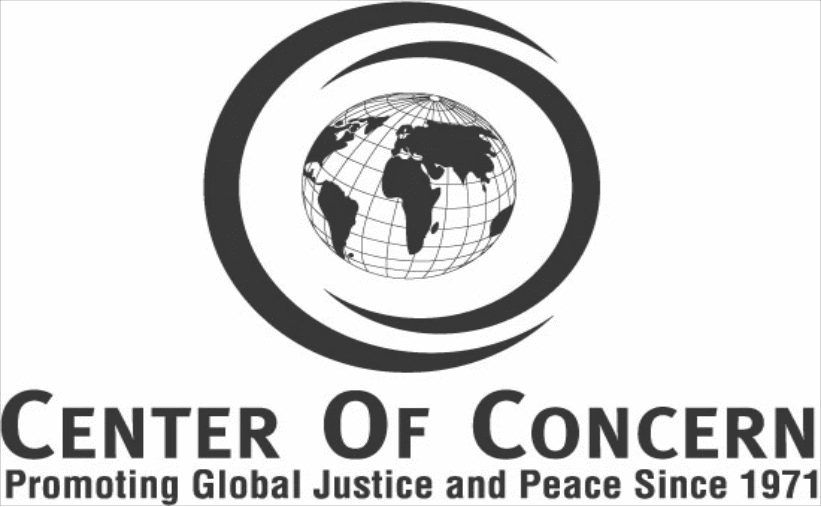effect of fig tree (ficus sycomorus) on soil quality and coffee yield. ngoroi, e. h. b. okoba, j. n. n. kang’ara, s. amboga and c. r. mugo,
Effect Of Fig Tree (Ficus Sycomorus) On Soil Quality And Coffee Yield.
Ngoroi, E. H. B. Okoba, J. N. N. Kang’ara, S. Amboga and C. R. Mugo,
N. Ndungo, F. Muriuki and R. Murwanjuki2.
Abstract
========
In the coffee based land use system of Nduuri in Embu District, Kenya,
farmers have devised several methods of replenishing soil fertility
namely use of sweet potatoes in rotation, use of farm yard manure
(FYM), use of crop residues and planting fig trees (Ficus sycomorus)
in coffee farms. Farmers claim the fig tree modifies the microclimate
and improves soil fertility. Six farmers recorded the weights of
coffee berries harvested from coffee trees under the fig tree and
outside the fig tree. 100-berry weight as well as the weight of a used
cooking oil tin full of berries was also recorded. Soil samples were
taken from under the fig tree and outside the fig tree canopy for
analysis. Results indicated no significant difference (P=0.05) in
yield or soil quality under the fig tree or outside. However because
of apparent numerical difference and given the many other uses of the
fig tree farmers could be advised to plant/retain the fig trees in the
coffee farms. In the process farmers will also be contributing to the
conservation of biodiversity.
Background
==========
The Nduuri PLEC demonstration site is located in Kagaari North
Location, Embu District. It is within the agro-ecological zone
classified as the Upper Midlands 2 (UM) by Jaetzold and Schmidt
(1983). The area receives about 1250mm of rainfall per annum and its
soils are classified as humic NITOSOLS.
In a Participatory Rural Appraisal (PRA) conducted in 1998 the farmers
indicated soil fertility as a major constraint to crop production in
the area. In the recent past the situation has been made worse by low
coffee returns as a result of which farmers are unable to purchase
inorganic fertilizers to replenish the fertility. Farmers have devised
several methods of replenishing soil fertility namely use of sweet
potatoes in rotation, use of farm yard manure (FYM), use of crop
residues and planting fig trees (Ficus sycomorus) in coffee farms.
Farmers claim the fig tree modifies the microclimate and improves soil
fertility. Other uses according to ICRAF (1992) include fuel wood,
fruit, beehives, medicine (milky juice), mulch, ornamental, dune
fixation and traditional ceremonies. The fruits (figs) are eaten by
livestock, birds and wild animals. Farmers indicated they got the idea
from visits to Thika area, a major coffee growing area 100km away from
Nduuri. By allocating the trees to the coffee niche the farmers would
at the same time be conserving the species and adding to the
biodiversity of the landscape. The study is being conducted to verify
if the fig tree enhances soil fertility and increases coffee yields.
Objectives
==========
To assess the effect of the fig tree on soil quality and coffee yield.
Materials and methods
=====================
During a reconnaissance survey of the Nduuri village, 3 farmers that
were using the fig tree as a shade tree were selected. In each farm 2
fig trees were used for the observations. Fifteen coffee trees under
the canopy of the fig tree were marked with permanent pegs. A similar
number of trees were marked outside the canopy. Farmers were requested
to maintain uniform management practices throughout the coffee farm
e.g. weeding. The participating farmers were issued with half-kilogram
tins and a notebook and shown how to record the number of tins
harvested from the marked areas. 100-berry weight as well as the
weight of a full tin was also recorded from under the fig tree and
outside. 100-berry weight was obtained by counting at random 100
berries of coffee and weighing during each harvest. Frequent visits
were made to the farmers by the extension agent and the PLEC team to
monitor the progress of the experiment. The work was done during the
main coffee crop season of October 1999 to January 2000 and the minor
crop season of April to June 2000. During the main crop season of
October 2000 to January 2001 and the minor crop season of April to
June 2001 the participating farmers were increased from three to six
but due to poor rainfall observations were made only on 3 farmers
during main season and on 2 farmers during the minor season.
Soil samples were also taken from the various marked areas and
subjected to complete chemical analysis.
A farmers’ meeting was organized after the four crop seasons in order
for the participating farmers to discuss their experiment with the
rest. At the meeting the PLEC team researchers gave the preliminary
results of the farmers’ experiments and every one had the opportunity
to raise pertinent issues for discussion.
=====================================================================
Results and discussion
======================
The means of the yields of coffee under the fig tree and outside the
fig tree for the two seasons are tabulated on Table 1:
Table 1. Mean yields of coffee, 100-berry-weight and 1/2kg-tin weights
from under and outside the fig tree canopy
Main crop season (Oct. ’99/Jan.00)
Minor crop season
(April/June 2000)
100-berry-weight
(gm)
1/2kg-tin wt
(gm)
Under fig tree
35.4kg
9.4kg
171
451
Outside fig tree
28.8kg
8.0kg
165
447
Rainfall
821.6mm
219mm
CV%
43
35
There was no significant difference (P=0.05) between the yield of
coffee under the fig tree and outside the fig tree. However to the
farmer every 15 trees under the fig tree add 6.6 kg to his yield
during the main season that translates into extra income considering
that the farmer is not putting any extra effort or incurring extra
cost for maintaining the fig tree.
During the main coffee crop season (October/January) there was a 22.9%
increase in yield compared to the minor season (April/June) (17%).
This could be because as the farmers observed it was during this minor
season that the fig trees shed their leaves making no marked
difference between the microenvironment under the fig tree and
outside.
The 1/2 kg kasuku weight as well as the 100-berry-weight was
numerically higher for berries harvested under the fig tree than from
outside indicating the relative positive influence the fig tree has on
the coffee.
During the main crop season of October 2000 to January 2001 the area
received only 290.4mm of rain, which was far below the 821.6 received
during a similar season the previous year. As a result only 3 out of
the 6 participating farmers had any coffee harvest. Two out of the
three farmers only picked coffee under the fig tree canopy and nothing
outside. During the minor crop season of April to June 2001 only 2
farmers out of the 6 had some harvest since the coffee had not
recovered from the previous drought. In one of the farms there was no
harvest outside the fig tree canopy.
======================================================================
The results of soil analysis are indicated on Table 2.
Table 2. Chemical composition of the soils under and outside the fig
tree
P (ppm)
Total N%
C%
Under fig tree
20.8
0.24
2.73
Outside fig tree
16.7
0.24
2.76
CV%
27
6
9
Soil analysis indicated low levels of organic carbon according to the
broad ratings of Landon (1984). However there was no significant
difference (P=0.05) between the soil under the fig tree and that from
outside the fig tree canopy (Table 2).
In general the soils had adequate levels of available P according to
Landon (1984) (ranging from 13.33 to 24.3 ppm). The general trend was
for the soil under the fig tree to have a higher P than from outside
the fig tree.
The soil had moderate levels of total N (0.19% to 0.27%) (Landon,
1984) but the levels under the fig tree and outside were not
significantly different (P=0.05)
During the group meeting some concerns were raised in regard to use of
the fig tree:
1.
Some farmers felt that the microenvironment under the fig tree
would encourage coffee rust, coffee berry disease and coffee
thrips (Diarthrothrips coffeae) to thrive. The participating
farmers had this to advise:
*
Trimming away the lower branches of the fig tree leaving the
canopy high over the coffee trees
*
Bending the coffee trees outwards in order to open up the coffee
tree to reduce humidity
*
They observed that in July/August when the weather is cold and
conducive for outbreak of coffee berry disease the fig tree will
have shed its leaves thus leaving bear twigs. The shading effect
will therefore be minimal.
*
They observed that thrips did not infest under shade
2.
Availability of fig tree seedlings was another concern raised by
some farmers. One of the participating farmers was willing to
assist in the acquisition of the seedlings.
Farmers listed the benefits of the fig tree generally as being
provision of firewood, fodder, mulch and soil fertility replenishment.
The farmers’ perception on the fig tree was that the fig tree ‘brings
the water up’.
The effect of the fig tree on the apparent good performance of coffee
could be as a result of several factors. The fig tree might be deeply
rooted and draws water from a large depth. This water will be in high
concentration in its roots and will diffuse into the surrounding soil
for uptake by the coffee roots. Another way the fig tree may be
benefiting the coffee is by shedding its leaves which act as a mulch
which preserves moisture. Decomposition of the mulch adds organic
matter to the soil resulting in higher coffee yields. The fig tree
shading also reduces evapo-transpiration of the coffee plants. This
could explain why during the drought of 2000 coffee berries only
developed on coffee trees under the fig tree in two of the three
farms. The effect of these factors combined is possibly bringing about
this apparent yield increase and soil improvement.
Conclusion and recommendation
=============================
The fig tree appears to be beneficial since it provides shade during
drought although during a cold season it could encourage diseases
especially coffee berry disease. However as the Nduuri farmers
observed this does not appear to be a problem since during the cold
July/August cold season the fig tree sheds leaves.
Given the many other uses of the fig tree and the demonstrated yield
increase especially during drought the farmers could be advised to
plant/retain the fig trees in coffee. In the process farmers will also
be contributing to the conservation of biodiversity. There is need to
make further observations from all the six farmers since there was
nearly a crop failure as a result of the 2000 drought.
References:
1. ICRAF.1992. A selection of useful trees and shrubs for Kenya. Notes
on the identification, propagation and management for use by
agricultural and pastoral communities.
2. Jaetzold R. and Schmidt, M. 1983. Farm Management Handbook of
Kenya. Vol. 2, Part C; East Kenya, Ministry of agriculture Nairobi.
3. Landon, J. R. (Ed) 1984. Booker Tropical Soil Manual. A handbook
for soil survey and agricultural land evaluation in the tropics.
Longman, New York
 ZAŁĄCZNIK NR 1 GODŁO UNIWERSYTETU WARMIŃSKOMAZURSKIEGO W OLSZTYNIE
ZAŁĄCZNIK NR 1 GODŁO UNIWERSYTETU WARMIŃSKOMAZURSKIEGO W OLSZTYNIE  THE RULE OF LIFE IN THE LIGHT OF THE
THE RULE OF LIFE IN THE LIGHT OF THE POWERPLUSWATERMARKOBJECT357831064 IN HOME EXPENDITURE GUIDELINES (SE 49 149 151)
POWERPLUSWATERMARKOBJECT357831064 IN HOME EXPENDITURE GUIDELINES (SE 49 149 151) NAVN FORFATTER TEMPLATE FOR FORMAKADEMISK NAVN FORFATTER MAL FOR
NAVN FORFATTER TEMPLATE FOR FORMAKADEMISK NAVN FORFATTER MAL FOR 1225 OTIS STREET NE W ASHINGTON DC 20017 PHONE
1225 OTIS STREET NE W ASHINGTON DC 20017 PHONE GERENCIA DE SERVICIOS ADMINISTRATIVOS DEPARTAMENTO EDIFICIOS PLIEGO DE ESPECIFICACIONES
GERENCIA DE SERVICIOS ADMINISTRATIVOS DEPARTAMENTO EDIFICIOS PLIEGO DE ESPECIFICACIONES PARKER HANNIFIN DE MÉXICO SA DE CV D IVISIÓN
PARKER HANNIFIN DE MÉXICO SA DE CV D IVISIÓN AMENDMENT OF THE HIGHWAY TRANSFER AGREEMENT E 7 AMENDMENT
AMENDMENT OF THE HIGHWAY TRANSFER AGREEMENT E 7 AMENDMENT